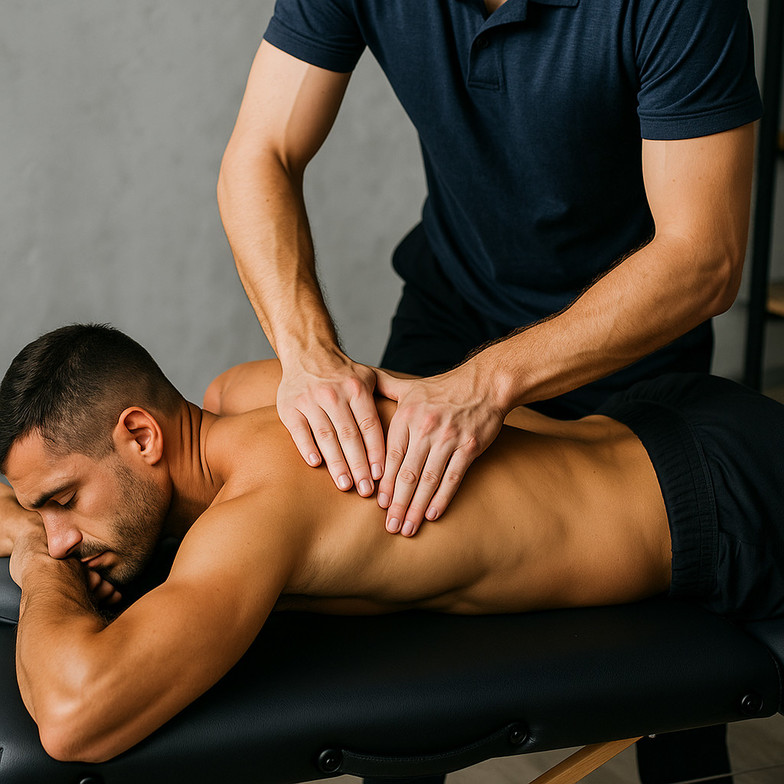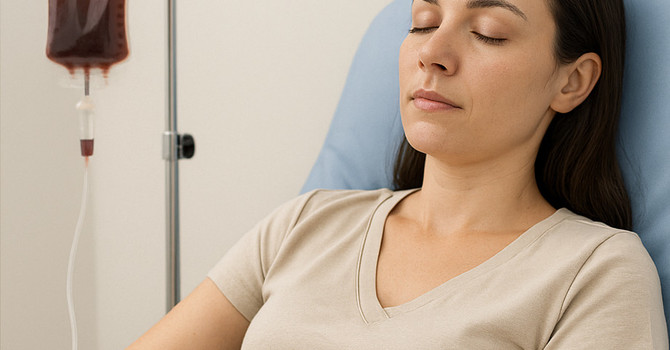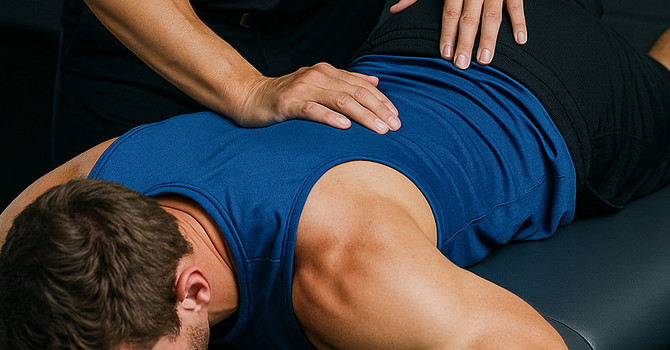
Back pain is one of the most common complaints we see at our clinic — whether you're a busy professional, weekend athlete, or new parent. If you’re searching for relief, massage therapy can be an effective, drug-free option that not only eases pain but also improves mobility and function.
At HealthyToDos Markham Health & Rehab Clinic, our team of licensed Markham RMTs (Registered Massage Therapists) specialize in a range of evidence-based techniques to help you move better and feel better. But with so many types of massage out there, which one is best for lower back pain?
Let’s break down the top massage therapy options for back pain and how to choose the right one for your body and lifestyle.
Why Massage Therapy Helps Lower Back Pain
Before jumping into types, it’s important to understand how massage therapy works. Lower back pain can arise from muscle tension, fascial restrictions, joint dysfunction, or even nerve root irritation. Therapeutic massage helps by:
-
Releasing tight muscles and fascia
-
Improving blood flow and oxygen delivery to tissues
-
Releasing "adhesions or knots” AKA trigger points
-
Reducing stress-related muscle tension
-
Enhancing overall flexibility and posture
For many, massage therapy offers both short-term pain relief and long-term improvement in mobility when integrated into a comprehensive treatment plan.
1. Deep Tissue Massage – Great for Chronic Lower Back Pain
Deep Tissue Massage is one of the most commonly requested techniques for lower back pain. Unlike relaxation massage, deep tissue work targets the deeper layers of muscles and connective tissue (fascia) using slow, sustained pressure.
Benefits:
-
Releases chronic muscle tension
-
Breaks up scar tissue and adhesions
-
Improves range of motion
-
Reduces stiffness from prolonged sitting or poor posture
Who It’s For:
This is ideal for people with long-standing tension, desk workers, or athletes recovering from repetitive strain injuries. It may be slightly uncomfortable at times — but in the hands of an experienced Markham RMT, it should never feel unsafe or overly painful.
2. Trigger Point Massage – Targeting the “Knots” causing referred pain
Trigger point therapy focuses on specific, hyper-irritable areas within a muscle (often felt as "knots") that refer pain to other parts of the body. These points can be a hidden cause of back pain, tension headaches, or even numbness down the leg.
Your therapist will use direct pressure techniques to release the knot and allow the muscle to relax and function properly again.
Benefits:
-
Decreases radiating pain and muscular tension
-
Helps "turn off" pain signals in overactive muscles
-
Enhances circulation and healing of tight muscle groups
Who It’s For:
Great for clients experiencing deep, pinpoint pain or patterns of pain that radiate into the glutes or hips. It’s often used in combination with other massage styles.
3. Myofascial Release – Targeting the Body’s Connective Tissue
Myofascial release targets the fascia — the thin, web-like connective tissue that surrounds and supports muscles. When fascia becomes tight due to stress, injury, or overuse, it can restrict movement and contribute to chronic pain.
Unlike trigger point work, myofascial release is performed without lotion and uses sustained, gentle pressure to elongate and rehydrate the fascia.
Benefits:
-
Reduces fascial restrictions contributing to lower back pain
-
Improves posture
-
Supports recovery from sports injuries or surgeries
-
Helps release tension held from past injuries
Who It’s For:
Ideal for clients who are sensitive to deep pressure or experience “tight all over” sensations. It’s also helpful for those looking for recovery from the gym and post-surgical scarring
4. Swedish Massage – Relaxation That Supports Recovery
While Swedish massage isn’t specifically designed to treat musculoskeletal pain, it can still be a great option for back pain caused by stress and tension.
This technique uses long, flowing strokes and light-to-medium pressure to promote relaxation and boost circulation.
Benefits:
-
Eases general muscle tension
-
Reduces stress and promotes better sleep
-
Enhances blood flow and circulation throughout the body
Who It’s For:
A good starting point if you're new to massage or just want to reduce everyday tension that contributes to back discomfort.
How Our Markham RMTs Personalize Treatment
No two backs are the same — and neither are our treatment plans.
At HealthyToDos Markham Health & Rehab Clinic, your session begins with a personalized assessment from a qualified Registered Massage Therapist (RMT). We consider your health history, daily habits, and pain patterns before recommending a treatment approach that may include a blend of:
-
Deep Tissue Massage for chronic tightness
-
Trigger Point Therapy to deactivate pain-causing knots
-
Myofascial Release to restore fascial mobility
-
Joint mobilizations, stretching, or cupping therapy to complement soft tissue work
- Hot Stone Massage designed to promote relaxation and reduce pain & muscle tension. It involves either static placement or continuous gliding motions with heated stones on the body
You’ll also receive home care strategies — from postural tips to stretching routines — to help maintain results between visits.
When to Combine Massage with Other Services
For many of our patients, massage therapy is part of a multi-disciplinary rehab plan. If your back pain stems from nerve root irritations, joint dysfunctions, or systemic inflammation, we may recommend complementary care like:
-
Chiropractic Care and Athletic therapy for individualized exercise-based rehabilitation, laser therapy (LLLT), Electro modalities (TENS, IFC, NMES), joint mobilizations & manipulation (adjustments).
-
Naturopathic care to address systemic, inflammatory or nutritional causes.
-
IV therapy for nutrient supplementation, energy boost or recovery support
- Acupuncture to reduce inflammation and pain signals
We offer intergrative & collaborative care under one roof, so you don’t have to worry about communicating between your healthcare providers. Book an appointment with our RMT team today!


